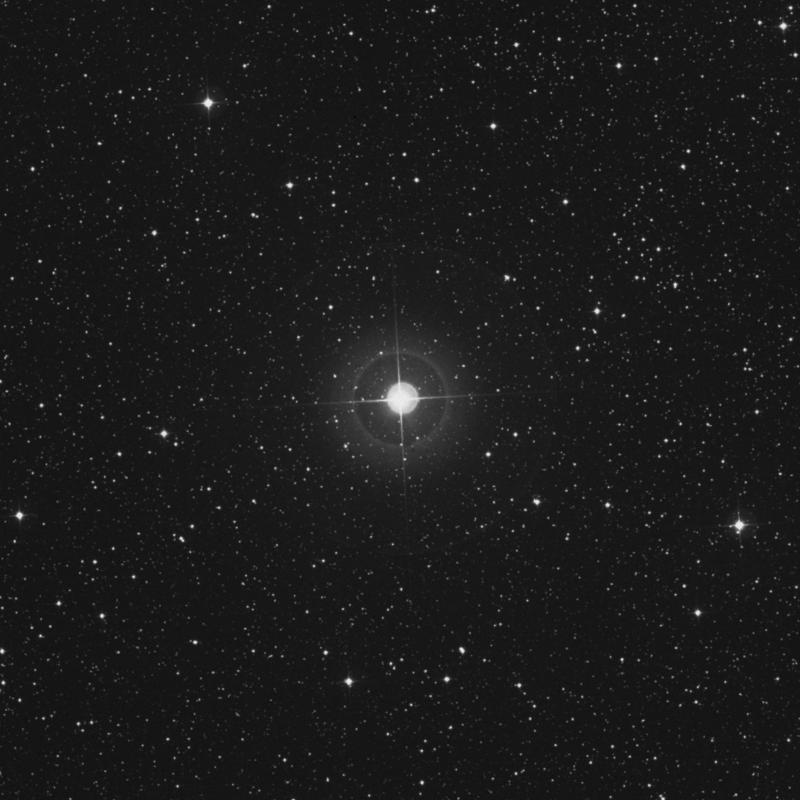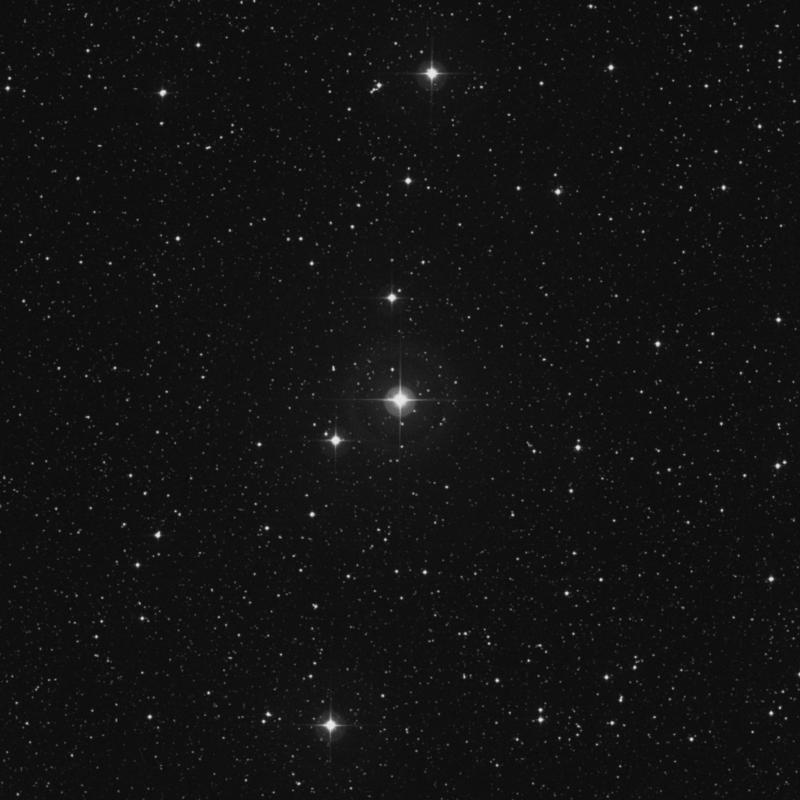6 Cassiopeiae
Posted By admin On 13/04/22
Contents
6 Cassiopeiae is a variable and multiple supergiant star in the constellation of Cassiopeia. 6 Cassiopeiae visual magnitude is 5.43. Because of its reltive faintness, 6 Cassiopeiae should be visible only from locations with dark skyes, while it is not visible at all from skyes affected by light pollution. 6 Cassiopeiae is a hot white hypergiant star, around 25 times more massive than our Sun, and 200,000 times more luminous. It is an Alpha Cygni variable star, having an apparent magnitude of +5.43. 6 Cassiopeiae is situated at around 8,000 light-years away from us. Its average surface temperatures have been recorded at around.
Facts
- 6 Cassiopeiae is a very luminous Supergiant Star type star. 6 Cassiopeiae is a A3IA COMP supergiant star based on the spectral type that was recorded in the Hipparcos star catalogue.
- 6 Cassiopeiae is not part of the Cassiopeia constellation outline but is within the borders of the constellation.
- Based on the spectral type (A3Ia comp) of the star, the star's colour is blue - white .
- The star can be seen with the naked eye, that is, you don't need a telescope/binoculars to see it.
- 6 Cassiopeiae is a Binary or Multiple star system.
- Using the most recent figures given by the 2007 Hipparcos data, the star is 6154.03 light years away from us.
- Flamsteed designations such as 6 Cassiopeiae are named after the creator, Sir John Flamsteed. Sir John named the stars in the constellation with a number and its latin name, this star's Flamsteed designation is 6 Cassiopeiae. The Flamsteed name can be shortened to 6 Cas. More details on objects' alternative names can be found at Star Names .
Location
The location of the supergiant star in the night sky is determined by the Right Ascension (R.A.) and Declination (Dec.), these are equivalent to the Longitude and Latitude on the Earth. The Right Ascension is how far expressed in time (hh:mm:ss) the star is along the celestial equator. If the R.A. is positive then its eastwards. The Declination is how far north or south the object is compared to the celestial equator and is expressed in degrees. For 6 Cassiopeiae, the location is 23h 48m 50.17 and +62° 12` 52.3 .
Radial Velocity and Proper Motion
Proper Motion
All stars like planets orbit round a central spot, in the case of planets, its the central star such as the Sun. In the case of a star, its the galactic centre. The constellations that we see today will be different than they were 50,000 years ago or 50,000 years from now. Proper Motion details the movements of these stars and are measured in milliarcseconds. The star is moving -1.57 ± 0.28 milliarcseconds/year towards the north and -3.57 ± 0.37 milliarcseconds/year east if we saw them in the horizon.
6 Cassiopeiae Words
Radial Velocity
The Radial Velocity, that is the speed at which the star is moving away/towards the Sun is -42.30000 km/s with an error of about 0.60 km/s . When the value is negative then the star and the Sun are getting closer to one another, likewise, a positive number means that two stars are moving away. Its nothing to fear as the stars are so far apart, they won't collide in our life-time, if ever.

Physical Properties
Colour and Temperature
Based on the star's spectral type of A3Ia comp , 6 Cassiopeiae's colour and type is blue - white supergiant star. Based on the spectral type, we can deduce that the surface temperature of the star is in the order of between 7,500 and 10,000K based on the notes from Harvard University. To put this in context, the temperature of our Sun is about 5,778 Kelvin as said by Google.
6 Cassiopeiae Radius
6 Cassiopeiae estimated radius has been calculated as being 389.76 times bigger than the Sun. The Sun's radius is 695,800km, therefore the star's radius is an estimated 271,195,525.21.km. If you need the diameter of the star, you just need to multiple the radius by 2. However with the 2007 release of updated Hipparcos files, the radius is now calculated at being round 147.50. The figure is derived at by using the formula from SDSS rather than peer reviewed papers. It has been known to produce widely incorrect figures.
6 Cassiopeiae Iron Abundance
6 Cassiopeiae Iron Abundance is 0.46 with an error value of 9.99 Fe/H with the Sun has a value of 1 to put it into context. The value comes from the Hipparcos Extended Catalog.

Apparent and Absolute Magnitudes
6 Cassiopeiae has an apparent magnitude of 5.43 which is how bright we see the star from Earth. Apparent Magnitude is also known as Visual Magnitude. If you used the 1997 Parallax value, you would get an absolute magnitude of -8.06 If you used the 2007 Parallax value, you would get an absolute magnitude of -5.95. Magnitude, whether it be apparent/visual or absolute magnitude is measured by a number, the smaller the number, the brighter the Star is. Our own Sun is the brightest star and therefore has the lowest of all magnitudes, -26.74. A faint star will have a high number.
Distance
Using the original Hipparcos data that was released in 1997, the parallax to the star was given as 0.20000 which gave the calculated distance to 6 Cassiopeiae as 16308.17 light years away from Earth or 5000 parsecs. If you want that in miles, it is about 95,869,621,952,191,753.09, based on 1 Ly = 5,878,625,373,183.61 miles.

In 2007, Hipparcos data was revised with a new parallax of 0.53000 which put 6 Cassiopeiae at a distance of 6154.03 light years or 1886.79 parsecs. It should not be taken as though the star is moving closer or further away from us. It is purely that the distance was recalculated.
Using the 2007 distance, the star is roughly 389,175,661.97 Astronomical Units from the Earth/Sun give or take a few. An Astronomical Unit is the distance between Earth and the Sun. The number of A.U. is the number of times that the star is from the Earth compared to the Sun.
Travel Time
The time it will take to travel to this star is dependent on how fast you are going. U.G. has done some calculations as to how long it will take going at differing speeds. A note about the calculations, when I'm talking about years, I'm talking non-leap years only (365 days).
The New Horizons space probe is the fastest probe that we've sent into space at the time of writing. Its primary mission was to visit Pluto which at the time of launch (2006), Pluto was still a planet.
Mach 1 is the speed of sound, Mach 2 is twice the speed of sound. Corncorde before it was retired was the fastest commercial airline across the Atlantic and only one that could do Mach 2.
| Description | Speed (m.p.h.) | Time (years) |
| Walking | 4 | 1,031,748,713,341.22 |
| Car | 120 | 34,391,623,778.04 |
| Airbus A380 | 736 | 5,607,329,963.81 |
| Mach 1 | 767.269 | 5,378,810,890.79 |
| Mach 2 | 1,534.54 | 2,689,401,940.23 |
| New Horizons | 33,000 | 125,060,450.10 |
| Speed of Light | 670,616,629.00 | 6,154.03 |
6 Cassiopeiae 4
Variable Type
6 Cassiopeiae Tire
The star is a pulsating Alpha Cygnus variable type which means that its size changes over time. The Variable Type is usually named after the first star of that type to be spotted. 6 Cassiopeiae brightness ranges from a magnitude of 5.640 to a magnitude of 5.550 over its variable period. The smaller the magnitude, the brighter the star. Its variable/pulsating period lasts for 0.1 days (variability).
Source of Information
The source of the information if it has a Hip I.D. is from Simbad, the Hipparcos data library based at the University at Strasbourg, France. Hipparcos was a E.S.A. satellite operation launched in 1989 for four years. The items in red are values that I've calculated so they could well be wrong. Information regarding Metallicity and/or Mass is from the E.U. Exoplanets. The information was obtained as of 12th Feb 2017.